Junkyard Find: 1976 Plymouth Volare Sedan

The Dodge Aspen/Plymouth Volaré won the Motor Trend Car of the Year award for 1976, and they spent a good decade among the most commonplace vehicles on American roads. Then just about all of them disappeared, no doubt as they depreciated well below scrap value in about ten years. However, the occasional odds-beating survivor shows up in wrecking yards now and then; we’ve seen this ’76 Aspen sedan, this brown-on-beige ’77 Volaré coupe and this ’77 Volaré Premier wagon, and now today’s ’76 Volaré sedan. This one shows evidence of having sat for the last decade or so, but still managed to rack up many more miles than most of its Civic and Corolla contemporaries.
It’s always interesting to find old newspapers in junkyard cars; they let you know about when the car last functioned as a semi-usable vehicle. This ’65 Chevy Bel Air had a bunch of 1982 Denver papers, this ’60 Plymouth Valiant wagon had a few 1970 issues of the San Francisco Chronicle, and today’s Junkyard Find came with a trunk full of 2004 issues from the now-long-defunct Rocky Mountain News.
Certain topics haven’t left the editorial pages for decades.
This comic was important enough to the car’s previous owner to have warranted clipping and stashing in the glovebox.
Chrysler used this style of AM radio for most of the 1970s; I had one in my ex-water-company ’73 Plymouth Fury.
The Aspen/Volaré was the successor to the incredibly successful Dart/Valiant series, but its quality problems and notorious recalls nearly destroyed Chrysler.
Slant-6 engine with great big two-cylinder air-conditioning compressor. A friend of mine used to make and sell cut-rate shop air-compressors using these things.
The steering wheel was a lot snazzier than your typical Valiant’s.
Toyota used the Volaré as an example of what not to buy in their ’78 ads. This one must have made Lee Iacocca livid.
A “special” suspension!

Murilee Martin is the pen name of Phil Greden, a writer who has lived in Minnesota, California, Georgia and (now) Colorado. He has toiled at copywriting, technical writing, junkmail writing, fiction writing and now automotive writing. He has owned many terrible vehicles and some good ones. He spends a great deal of time in self-service junkyards. These days, he writes for publications including Autoweek, Autoblog, Hagerty, The Truth About Cars and Capital One.
More by Murilee Martin
Latest Car Reviews
Read moreLatest Product Reviews
Read moreRecent Comments
- Jalop1991 In a manner similar to PHEV being the correct answer, I declare RPVs to be the correct answer here.We're doing it with certain aircraft; why not with cars on the ground, using hardware and tools like Telsa's "FSD" or GM's "SuperCruise" as the base?Take the local Uber driver out of the car, and put him in a professional centralized environment from where he drives me around. The system and the individual car can have awareness as well as gates, but he's responsible for the driving.Put the tech into my car, and let me buy it as needed. I need someone else to drive me home; hit the button and voila, I've hired a driver for the moment. I don't want to drive 11 hours to my vacation spot; hire the remote pilot for that. When I get there, I have my car and he's still at his normal location, piloting cars for other people.The system would allow for driver rest period, like what's required for truckers, so I might end up with multiple people driving me to the coast. I don't care. And they don't have to be physically with me, therefore they can be way cheaper.Charge taxi-type per-mile rates. For long drives, offer per-trip rates. Offer subscriptions, including miles/hours. Whatever.(And for grins, dress the remote pilots all as Johnnie.)Start this out with big rigs. Take the trucker away from the long haul driving, and let him be there for emergencies and the short haul parts of the trip.And in a manner similar to PHEVs being discredited, I fully expect to be razzed for this brilliant idea (not unlike how Alan Kay wasn't recognized until many many years later for his Dynabook vision).
- B-BodyBuick84 Not afraid of AV's as I highly doubt they will ever be %100 viable for our roads. Stop-and-go downtown city or rush hour highway traffic? I can see that, but otherwise there's simply too many variables. Bad weather conditions, faded road lines or markings, reflective surfaces with glare, etc. There's also the issue of cultural norms. About a decade ago there was actually an online test called 'The Morality Machine' one could do online where you were in control of an AV and choose what action to take when a crash was inevitable. I think something like 2.5 million people across the world participated? For example, do you hit and most likely kill the elderly couple strolling across the crosswalk or crash the vehicle into a cement barrier and almost certainly cause the death of the vehicle occupants? What if it's a parent and child? In N. America 98% of people choose to hit the elderly couple and save themselves while in Asia, the exact opposite happened where 98% choose to hit the parent and child. Why? Cultural differences. Asia puts a lot of emphasis on respecting their elderly while N. America has a culture of 'save/ protect the children'. Are these AV's going to respect that culture? Is a VW Jetta or Buick Envision AV going to have different programming depending on whether it's sold in Canada or Taiwan? how's that going to effect legislation and legal battles when a crash inevitibly does happen? These are the true barriers to mass AV adoption, and in the 10 years since that test came out, there has been zero answers or progress on this matter. So no, I'm not afraid of AV's simply because with the exception of a few specific situations, most avenues are going to prove to be a dead-end for automakers.
- Mike Bradley Autonomous cars were developed in Silicon Valley. For new products there, the standard business plan is to put a barely-functioning product on the market right away and wait for the early-adopter customers to find the flaws. That's exactly what's happened. Detroit's plan is pretty much the opposite, but Detroit isn't developing this product. That's why dealers, for instance, haven't been trained in the cars.
- Dartman https://apnews.com/article/artificial-intelligence-fighter-jets-air-force-6a1100c96a73ca9b7f41cbd6a2753fdaAutonomous/Ai is here now. The question is implementation and acceptance.
- FreedMike If Dodge were smart - and I don't think they are - they'd spend their money refreshing and reworking the Durango (which I think is entering model year 3,221), versus going down the same "stuff 'em full of motor and give 'em cool new paint options" path. That's the approach they used with the Charger and Challenger, and both those models are dead. The Durango is still a strong product in a strong market; why not keep it fresher?






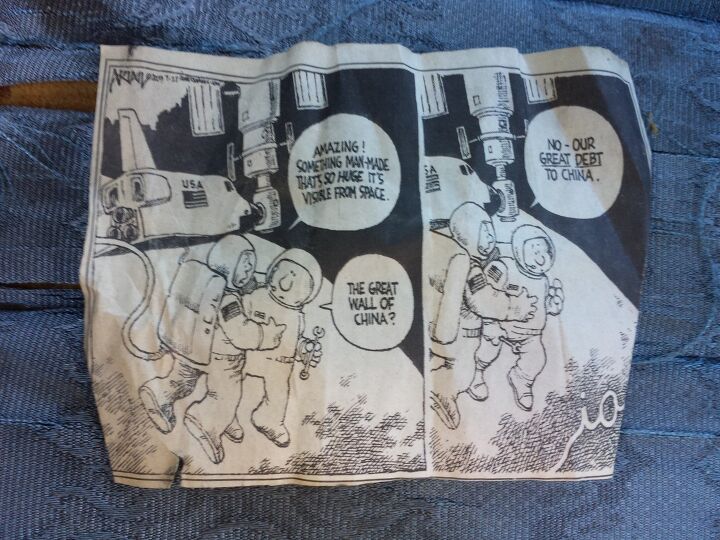





























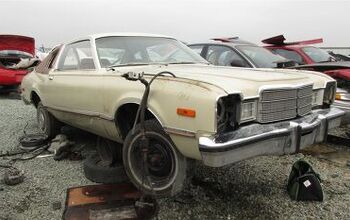
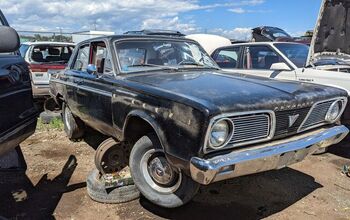
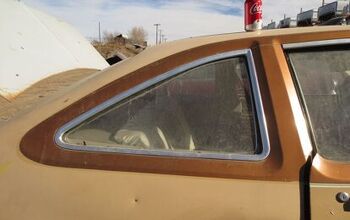
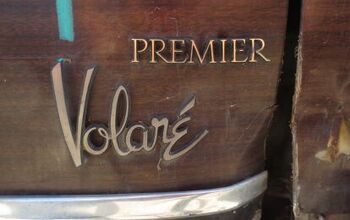
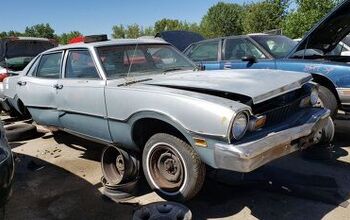






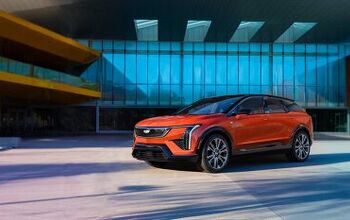






Comments
Join the conversation
The car that killed Chrysler. Hard to believe, hindsight or no, they screwed up such a good thing as the Dart/Valiant but they did. The spare ballast resistor and the Chrysler Electronic Ignition system was well known, not just for this car but all Mopars. It was a pain but it didn't greatly detract from the vehicles (the good ones, not including the Aspen/Volaré, and the bad ones, including the Aspen/Volaré). And it's hard to believe that these cars evolved into Diplomats (et. al) a few years later. As for the Aspen/Volaré, I will say that I actually like the plain styling (but I was always a fan of the likes of the Ford Fairmont and the Volvo 140/240).
"Lee must have been livid" Lee I. had nothing to do with the F body design, and wasn't hired by Mopar until late 1978, or early '79. He did get money's worth from this design, by keeping the identical M bodies alive until 1989. Also, don't assume that the slant 6 was 'crap' kids, by saying stuff like "was his forced on AMC?"